You might think finding cheap food and drinks when you’re travelling is difficult. You might even think it’s unnecessary. What if I told you it’s easier than you might think and it will change the way you travel?
Latest update: 29 November 2018
Note: this post uses insights from my ebook “The Insider’s Guide to Solo Travel on a Budget“, dedicated to helping solo travellers save money on the road.
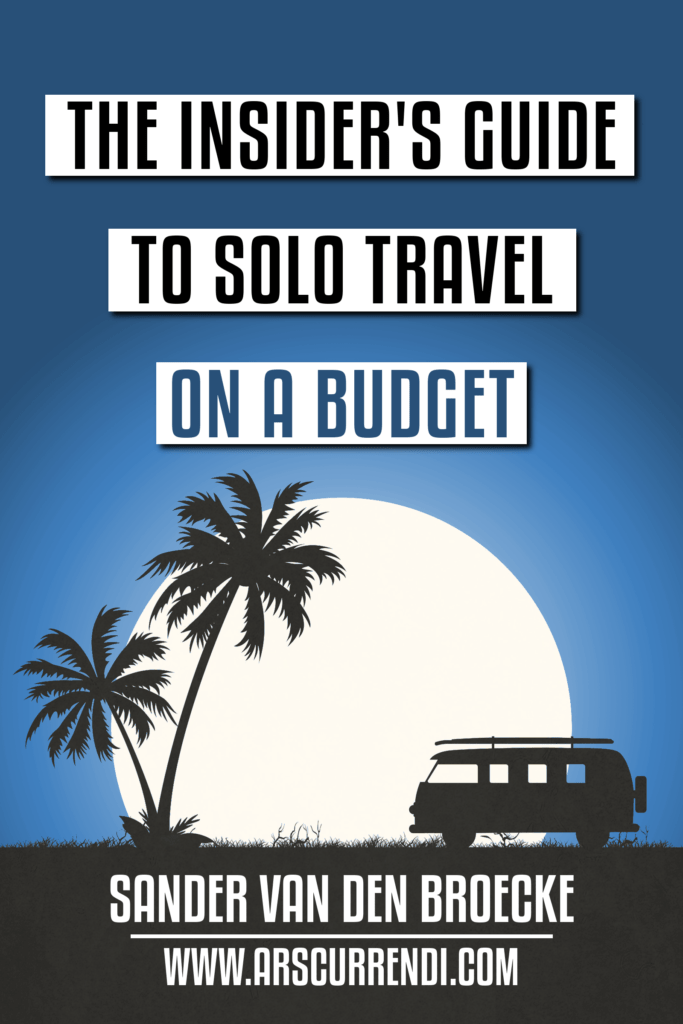
As such, this post is the third in a miniseries of blog posts about cheap solo travel. I’ve also written two blog posts about how to find cheap accommodation and how to find cheap transport (including flights) as a solo traveller.
You’re not here to watch me babble on about my book, though. You’re here to learn how to find cheap food while travelling. Let’s take a look!
Finding cheap food is easier than you’d think
Being a food lover myself, I find it hard to imagine being frugal about food and drinks. Fortunately, you don’t really have to. If you have any brains at all, you’ll know to plan ahead and find ways to save. And that’s exactly what I’m here for.
On average, food and alcohol is the third biggest cost of a holiday. That means that it’s definitely possible to find cheaper alternatives for the more expensive chunks while still enjoying your holiday to the fullest.
In the following article, I’ll share my top 7 ways to find cheap food on the road with you.
Check food blogs and websites
Many blogs, websites and Instagram accounts are entirely dedicated to bringing you the best food that a culture has to offer.
Blogs are mostly used to help give you some inspiration as to what you’re going to cook. There are entire blogs about Thai food, Mediterranean food and even Nigerian food. It can be tempting to spend hours of your day looking at blog posts and recipes on these websites.
Of course, there is also an abundance of drool-worthy Instagram accounts that post food pictures and videos. My favourites are @sproutedkitchen, @chefjacqueslamerde, @lilydiamond and @pastrywithjenn. (These accounts don’t only make me jealous of their photography skills, but also of their cooking. Nice.)
Other useful websites are TripAdvisor and Foursquare. Both give you the option to sort nearby restaurants and bars by price, which makes it incredibly easy to pick out the cheapest places to eat and drink in your destination. On Foursquare, you can sort from $ to $$$$ under “Price”; on TripAdvisor, you can choose between “Cheap Eats”, “Mid-range” and “Fine Dining”.
Eat street food
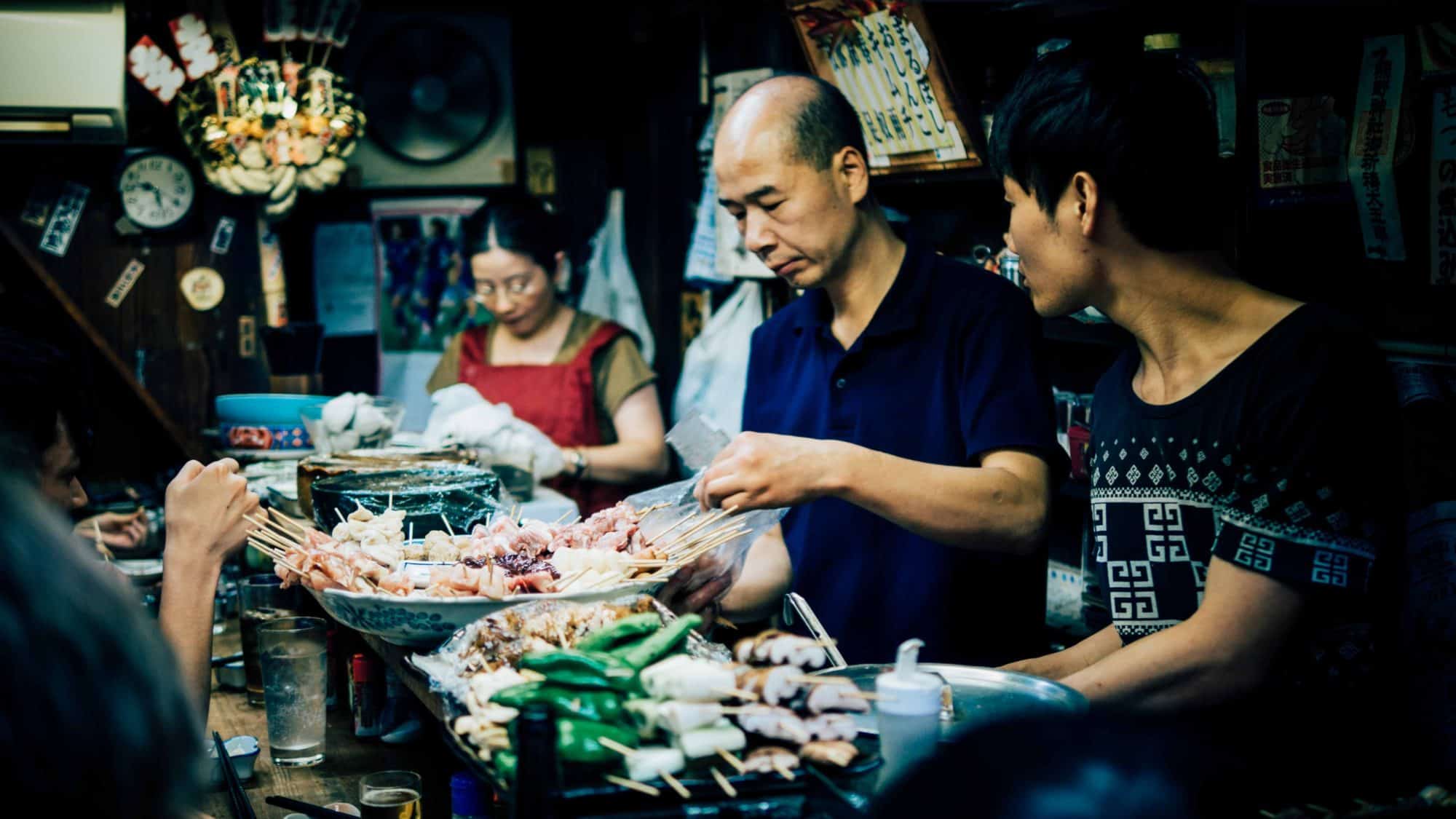
Photo by Lan Pham on Unsplash
For many people, street food is one of the most exciting parts of travelling. To them, a trip abroad isn’t complete without eating street food. You HAVE to eat pastizzi when you’re in Malta, drink boba tea in Taiwan and eat poutine in Canada. You just have to. There’s no getting around it.
Why is street food so popular?
For starters, it’s cheap. In many regions of the world – especially in typically cheap regions like Southeast Asia and Latin America, it’s very easy to find a food stall that will serve fresh street food for barely any money.
Secondly, it’s delicious. Enough said.
Thirdly, street food gives you a taste – pun intended – of other cultures. You’re not getting a dumbed-down version of the food like you might get in a hotel, but you’re getting an authentic look into what life is like for the locals. Street food usually presents the best of the local cuisine, as some food trucks and carts can sustain their business for 30-40 years with recipes passing down through generations.
What about food safety?
The truth is that there isn’t a real way to consistently and systematically safety-check street food vendors. However, that doesn’t mean that you’ll get sick and die when you get pad thai from a food truck in Thailand.
There are some ways to avoid getting food poisoning from street food.
- Check if the food is being served hot. Most street foods are either fried or served after baking or grilling. The heat kills many bacteria, making the food safer to eat.
- Look at the cart before eating there. If it looks dodgy, maybe you should go look for another cart.
- If the cart you’re considering has few customers, that means the food may be kept for a longer time, increasing the chance of infections and other icky things getting in there.
- Make sure that the vendor doesn’t handle raw and cooked meat on the same cutting board or without washing his/her hands in between.
All in all, street food is a fantastic way to get to know a culture and eat delicious meals for little money. If you keep your wits about you, you should be more than fine.
Do your research
Being prepared for your solo trip and doing your research really pays off. Going into a new city with no idea what you’re doing and no idea what you should look for is just about the worst way you could start your holiday, and you’ll probably spend more than you want to.
Eat outside the city centre
It’s a well-known fact that in most destinations, the prices of restaurants and bars around the city centre and main tourist areas tend to be cranked up quite a lot. If you really want to save money, you’d be well off going to the restaurants and bars that the locals go to. To find those, your best bet is to just ask one of them.
If you don’t have access to any locals for some reason, it’s more than worth it to just wander around little streets and less-known areas in search of some cheap restaurants that serve decent food.
Eat local foods
Local food is cheaper than imported food, period. When in Thailand, you’ll find cheaper pho than in America and anyone who wants to eat good mussels for a decent price should be in Belgium. After some quick research, you should be able to find out which foods are common at your destination and adjust accordingly.
Added bonus: eating local foods is more environmentally friendly since it doesn’t have to be flown halfway across the world.
Google search
A quick Google search can tell you a lot. Just by searching “Cheap food in [destination], you can find out where the cheap restaurants are, you can locate great food stalls and you may even come across some events that offer cheap food. Now that’s something you’d want to know about, isn’t it?
Make use of happy hour
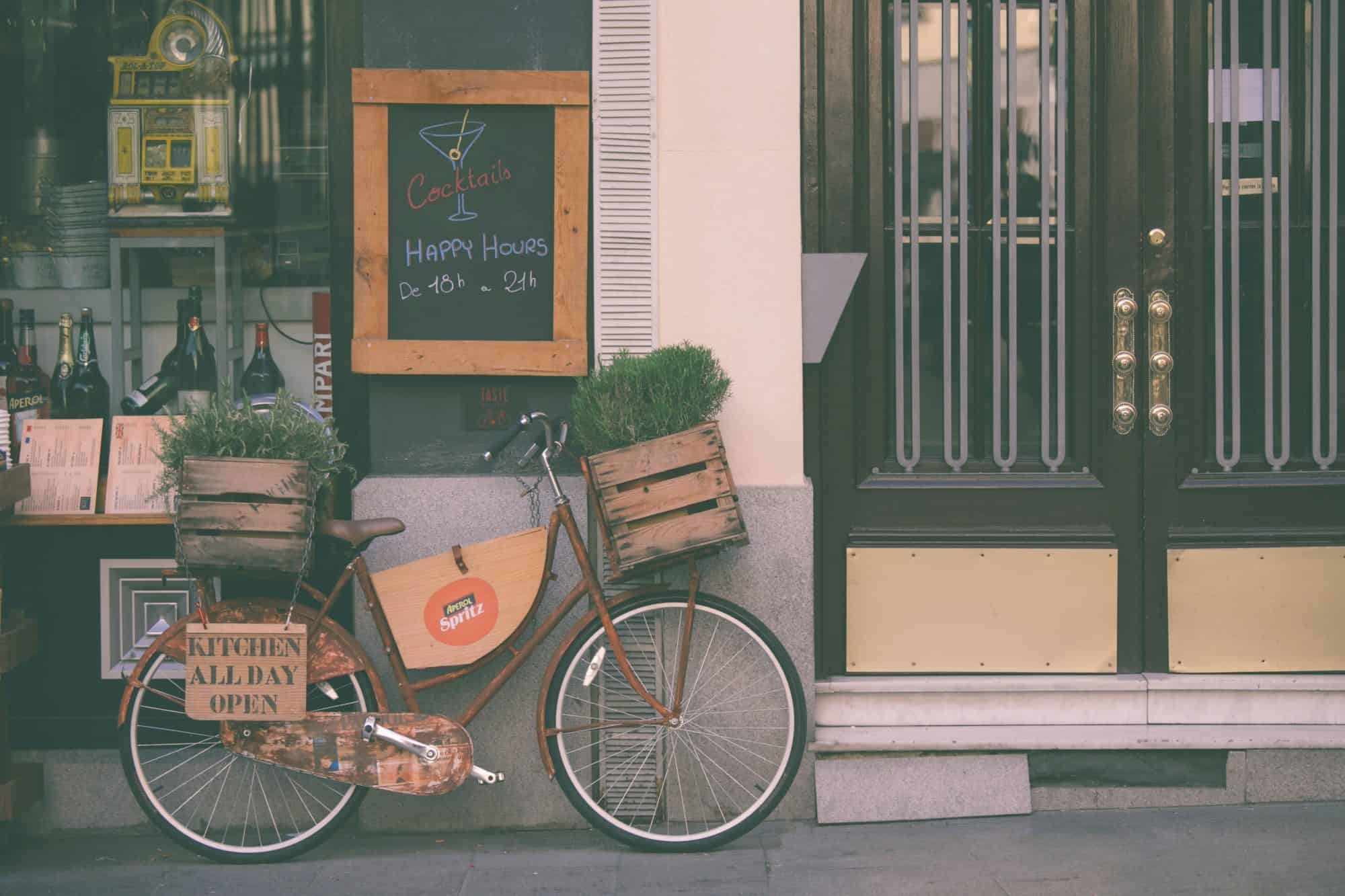
Photo by photo-nic.co.uk nic on Unsplash
In general, I’d actually advise against drinking alcohol when you’re travelling alone. You don’t have to take account of your travel companions, so you can do whatever you want to, but there’s also nobody that can help you when you need it. Getting drunk is one of those times when you might need it.
However, if you want to drink some alcoholic beverages without getting completely wasted, you might want to consider drinking during happy hour.
Just in case you don’t know what happy hour is: it’s a period of time in which a venue (restaurant, café, bar, etc.) offers some kind of discount, mostly on alcoholic drinks. These discounts come in many forms: “buy two, get one free”, “two for one” and free appetizers, among others.
Obviously, there’s not one set international time for happy hour. You’ll have to do some quick research to find out which venues are offering discounts. Locating venues with happy hour is easy enough: apps like Loople can help you with that.
Drink tap water
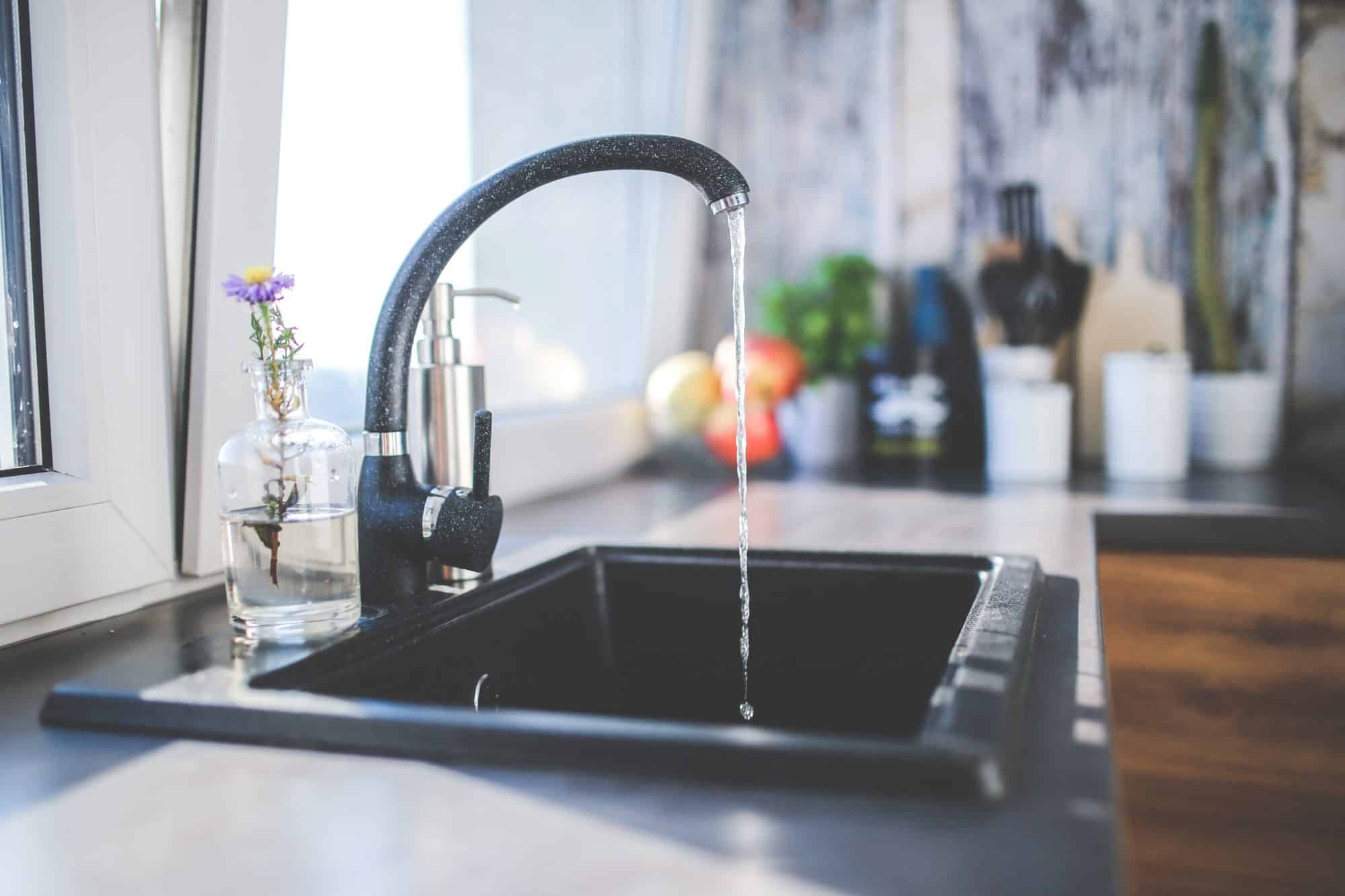
Those bottles of water that you buy add up. Let’s say you buy two bottles of water a day, at $0.75 each. If you’re travelling for one month, that’s $45 worth of bottled water. Is that really worth it?
Of course, it is if the tap water at your destination isn’t safe to drink. After a quick Google search, you should have an idea of where you can and where you can’t drink tap water. This infographic can be a good place to start.
Some other tips to save money on water:
- Take an empty bottle through customs and security at the airport and fill it up before boarding your flight.
- If you’re in a country with drinkable tap water, take a reusable water bottle and fill it up whenever you can.
- If you’re in a country where the tap water isn’t safe, you could use a reusable bottle with a built-in water filter or something like a LifeStraw.
Have your main meal at lunch
Most travellers have a sandwich or something similar for lunch, and then go out for dinner. Restaurants know this, and they adjust their prices based on it. Now that you know it as well, you can adjust your eating habits.
Usually, restaurants serve the same food at lunch and at dinner, with only one big difference: the price. Seeing as it’s the same food, you’re not compromising quality for a few bucks, but rather saving money by being smart and avoiding the masses.
For an even better chance to find cheap food, be sure to ask your waiter if they have any lunch specials as well.
Cook your own food
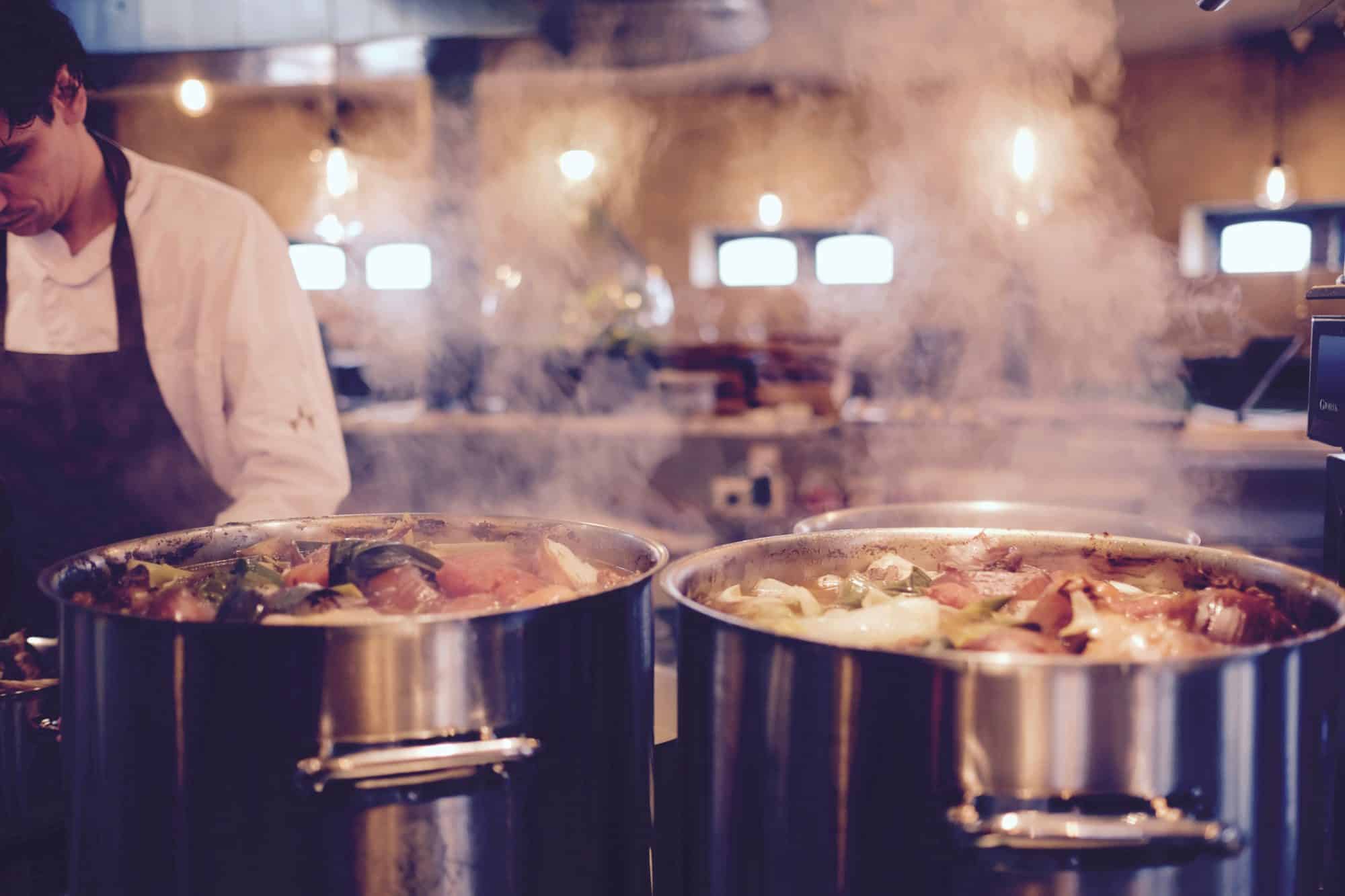
Eating out at restaurants every day during your trip is one of the best ways to burn through your budget. Cooking your own food while travelling can counter this problem. Even at home, cooking is less expensive than eating out. Why shouldn’t it be on a holiday?
Find accommodation with a kitchen
Having access to a kitchen at your lodging is obviously essential if you want to cook your own food. Most hostels and Airbnb‘s nowadays have kitchens, and even in some hotels, you can access some kind of kitchen. At the very minimum, you’ll want to look for accommodation with a fridge and a stove or an electric burner.
Although cooking in a hotel room without access to a kitchen is possible, I’d still recommend looking for a place where you can cook without having to lug around a rice cooker.
Plan out your meals
Make a meal plan for an entire week (if you’re travelling for longer than one week). If you won’t be abroad for longer than a week, plan out the meals of your entire holiday.
By planning out your meals, you spend time thinking about your food and you make healthier and cheaper choices. It also prevents you from having to throw away leftovers you didn’t know you still had, because you know exactly what you’ll be eating and when you’ll be eating it.
Go grocery shopping
Finding cheap food in a supermarket is surprisingly easy. I have some tips to help you:
- Create a shopping list that fits your meal plan and don’t go to the grocery store without your list.
- Take items from the generic store brand instead of choosing more well-known brands.
- Never go shopping when you’re hungry.
- Look at what’s on sale.
- Don’t go grocery shopping every day. Planning out your meals eliminates the need to go to the store often, reducing the likelihood of being tempted by more expensive products.
This post marks the end of the Cheap Solo Travel series. I hope you enjoyed and learned something by reading my blog posts.
If you have any tips to find cheap food and drinks as a solo traveller, be sure to let me know in a comment.
Thanks for reading!
-S
PIN IT!
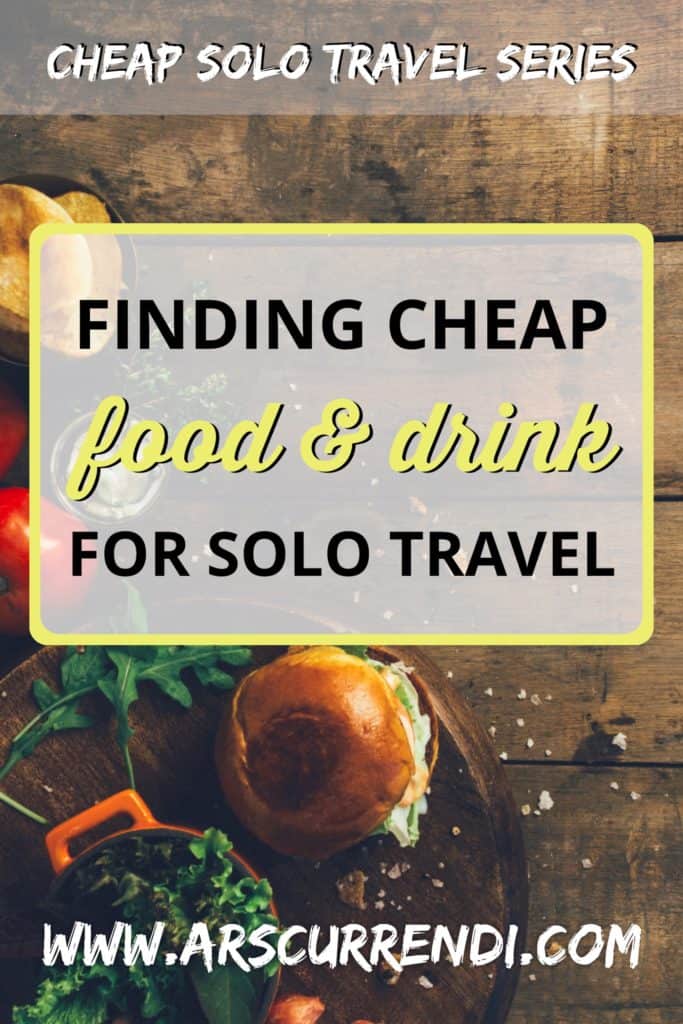



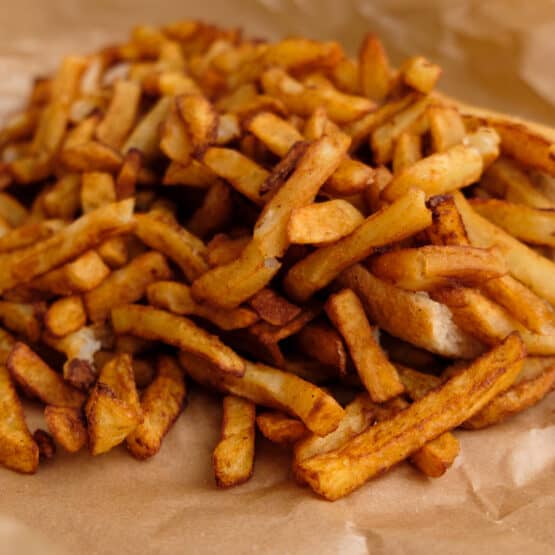

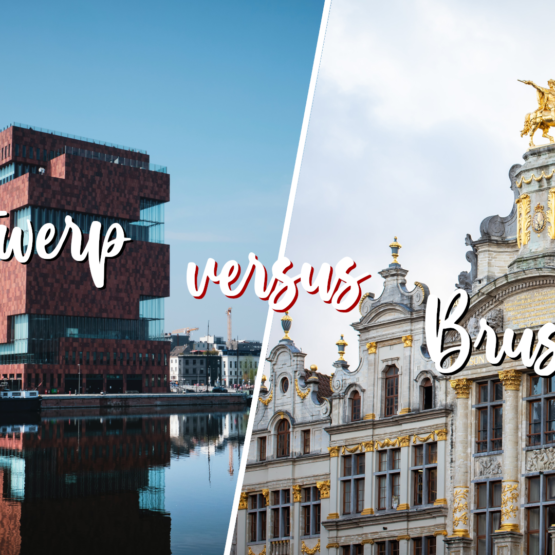
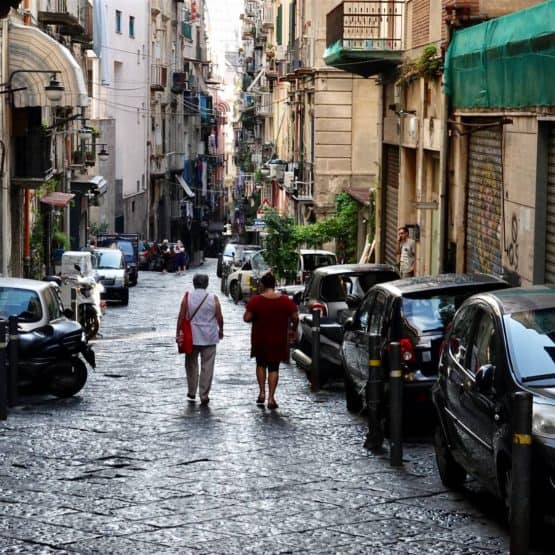
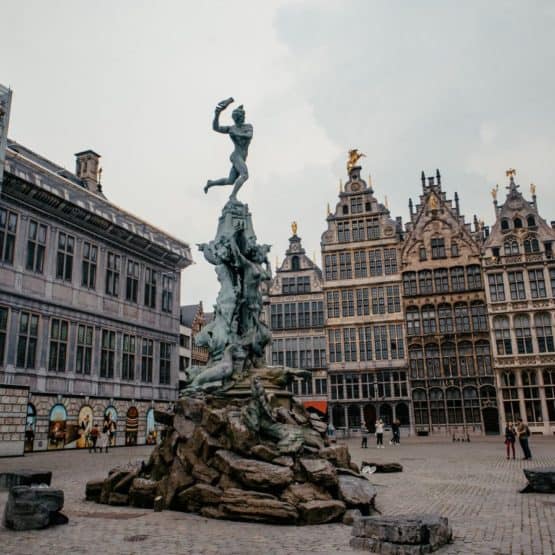
Sidney Wiley
May 16, 2018 at 12:28 pmThank you so much for sharing your tips. I’m planning my first ever solo trip to Europe and I needed some guidance. DO you think it’s safe to drink tap water?
Sander
May 16, 2018 at 1:17 pmHey Sidney. Awesome to hear that you’re taking the leap and travelling solo!
Honestly, you should be fine drinking tap water in western Europe. You should be a bit more cautious if you’re in eastern countries, though.
Be sure to keep me updated on your travels!